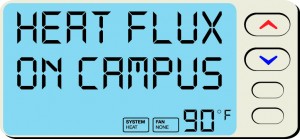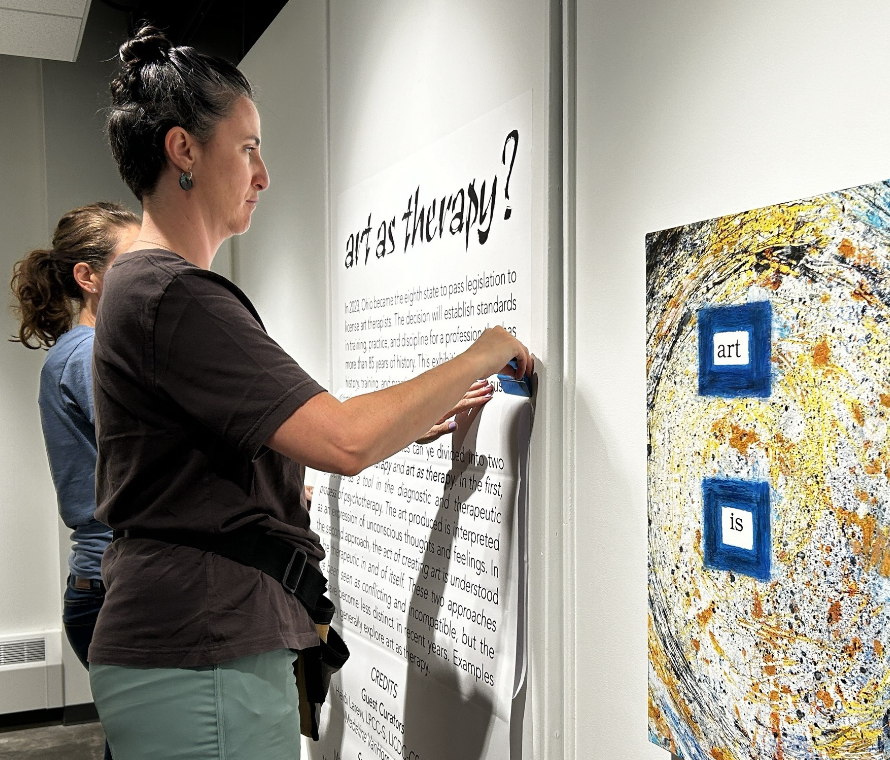Students were feeling the heat as temperatures rose last week.
Many students were sporting shorts and t-shirts as they walked on campus, enjoying the sunny and warm weather. Although the outdoors was beautiful, indoors was another story. For those who spent most of their time in class, they felt the humid heat inside the classrooms.
With temperatures reaching the mid-80s, many students were left to wonder why the University had not turned off the heat and cranked up the air conditioning.
The University sent an email to students through their University of Akron Zipmail stating reasons why they had not turned on the air yet.
“Also, please be aware that a changeover from heating to cooling takes seven days for any effect to be felt, so even if we made the decision to turn on the cooling system today, the campus would not feel any relief,” the email said.
The email also mentions that temperatures are expected to fall this week, and it was decided it was better to leave the heat on for the comfort of staff and students in the future.
The Zipmail stated that through weather forecasts of cooler temperatures, “any move to ‘turn on’ our cooling system now will likely result in extreme discomfort for students and staff, as the temperature projections fall into the 40- and 50- degree range in the weeks ahead.
A monetary issue was also present in the choice to leave the heat on. Through the Zipmail, students learned that “turning on the cooling system without the routine preparation would cost, literally, tens of thousands of dollars.”
Earlier Zipmail messages had explained to those in the overheated buildings that “UA uses a high-temperature hot water and chilled-water system to manage indoor temperatures in most campus buildings. It’s a cost-effective way to heat and cool a lot of buildings in close proximity.” By turning on the cooling system early, the coils within the system could be compromised and damaged during any rapid temperature drops.
Heat is not normally turned off until mid-April; campus, however, provided fans in some areas to cool students off.






